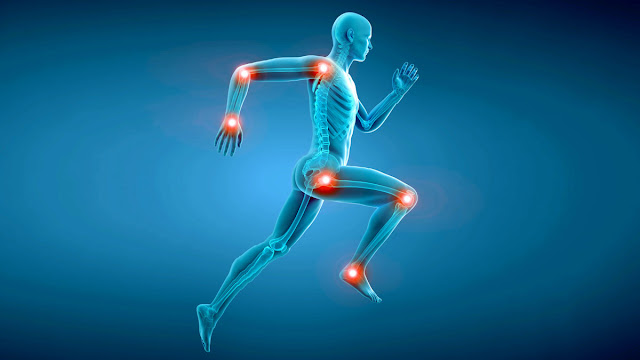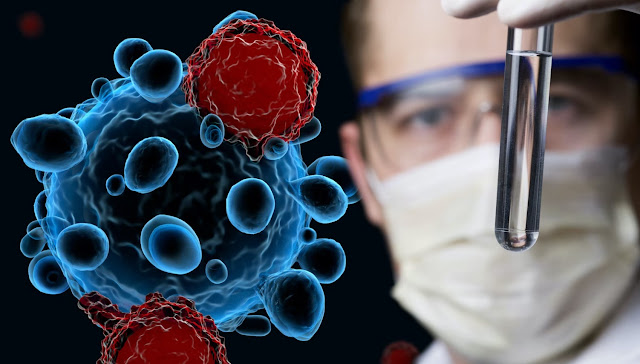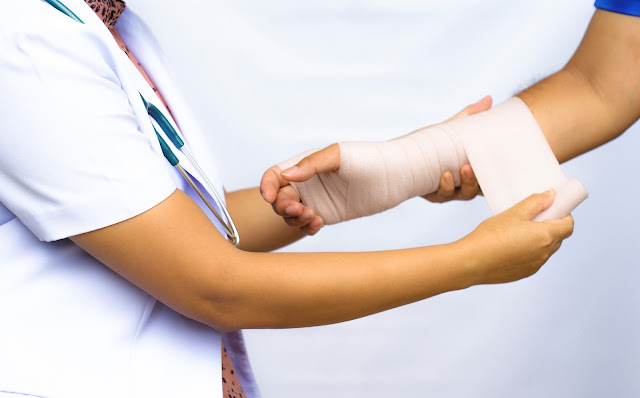Orthobiologics In The Treatment And Healing Of Musculoskeletal Conditions And Injuries
 |
| Orthobiologics |
Orthobiologics refers to a branch of medical science that involves
the use of naturally occurring substances or materials derived from the human
body to aid in the treatment and healing of musculoskeletal conditions and
injuries. These innovative therapies have gained significant attention in
recent years due to their potential to enhance the body's natural healing
processes and reduce the need for more invasive treatments, such as surgeries
or long-term use of medications.
One
of the primary types of Orthobiologics
is platelet-rich plasma (PRP) therapy. This treatment involves the extraction
of a patient's blood, which is then processed to separate platelets from other
blood components. The concentrated platelets, rich in growth factors and
cytokines, are then injected back into the injured area. PRP is thought to
stimulate tissue regeneration and reduce inflammation, making it particularly
useful in treating conditions like tendon injuries, osteoarthritis, and
ligament sprains.
According
To Coherent Market Insights, The Orthobiologics Market Is Anticipated To Reach A Value Of
US$ 6,515.2 Million In 2022 And Grow At A CAGR Of 5.9% From 2022 To 2030.
Another
Orthobiologics treatment is
autologous stem cell therapy. Stem cells are undifferentiated cells that have
the remarkable ability to transform into specialized cell types, such as bone,
cartilage, or muscle cells. In this procedure, stem cells are extracted from
the patient's bone marrow or adipose tissue (fat) and then injected into the
damaged area, where they can aid in tissue repair and regeneration. This
therapy shows promise in treating conditions like joint degeneration,
fractures, and non-healing bone defects.
Additionally,
orthobiologic include bone grafts and substitutes. Bone grafts involve the
transplantation of bone tissue from one area of the body to another, promoting
bone healing and fusion. This technique is commonly used in spinal fusion
surgeries and the treatment of complex fractures. Alternatively, bone substitutes
are synthetic materials designed to mimic the properties of natural bone,
promoting bone growth and regeneration without the need for additional grafting
procedures.
Orthopedic
Biomaterial is a novel
class of materials that exhibit a tunable degradation rate, allowing them to be
gradually absorbed by the body while simultaneously supporting tissue
regeneration, used in applications like fracture fixation or cartilage repair
to enable the body's healing mechanisms while providing structural support.
Orthobiologics offer several advantages over traditional treatment options. They are generally considered safe, as they use the patient's cells or natural substances, reducing the risk of allergic reactions or disease transmission. Moreover, orthobiologic therapies are minimally invasive, often performed as outpatient procedures, which means shorter recovery times and reduced hospital stays. By harnessing the body's healing potential, these treatments aim to not only address the symptoms but also target the underlying cause of the condition, resulting in more effective and long-lasting results.



Comments
Post a Comment